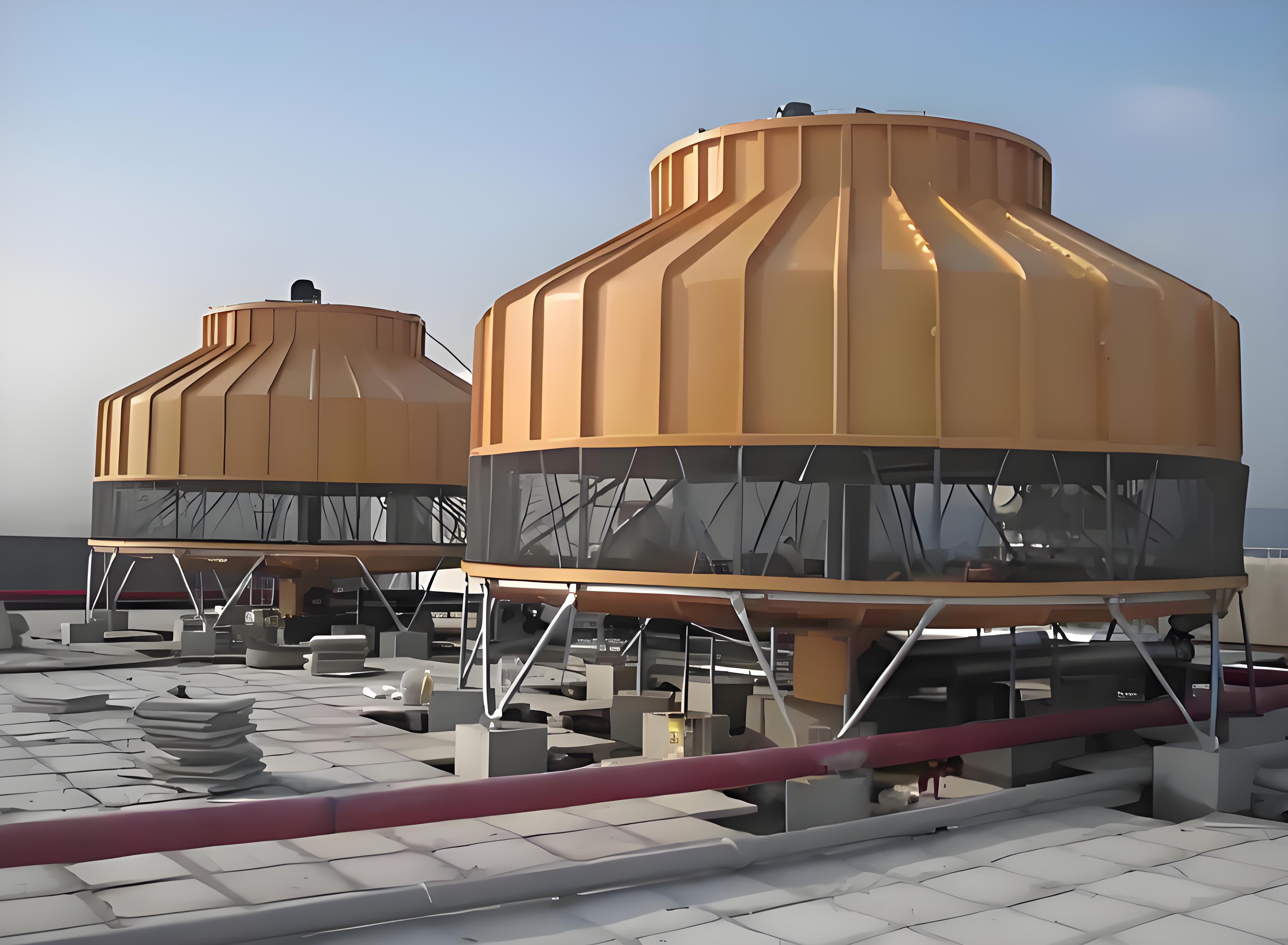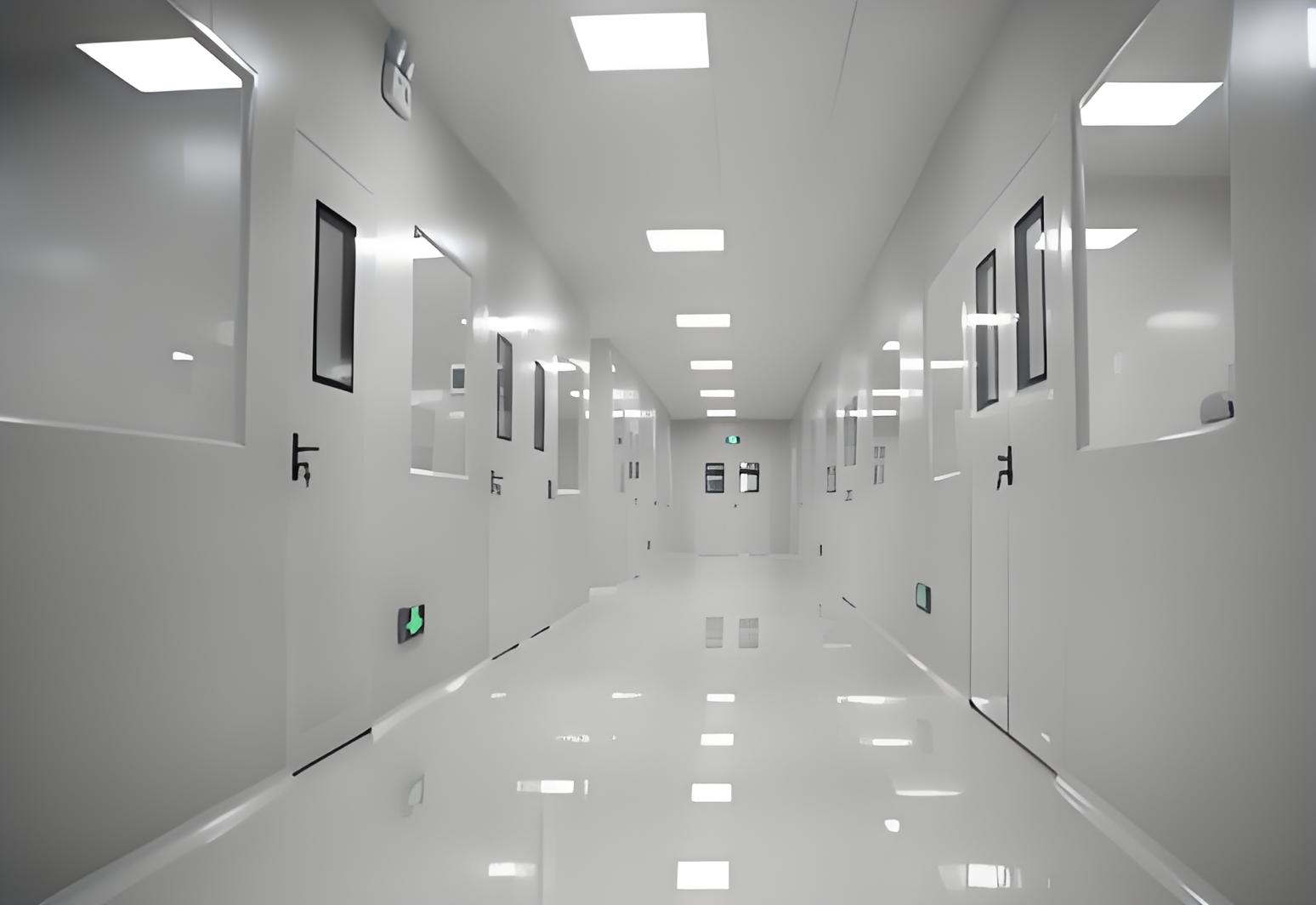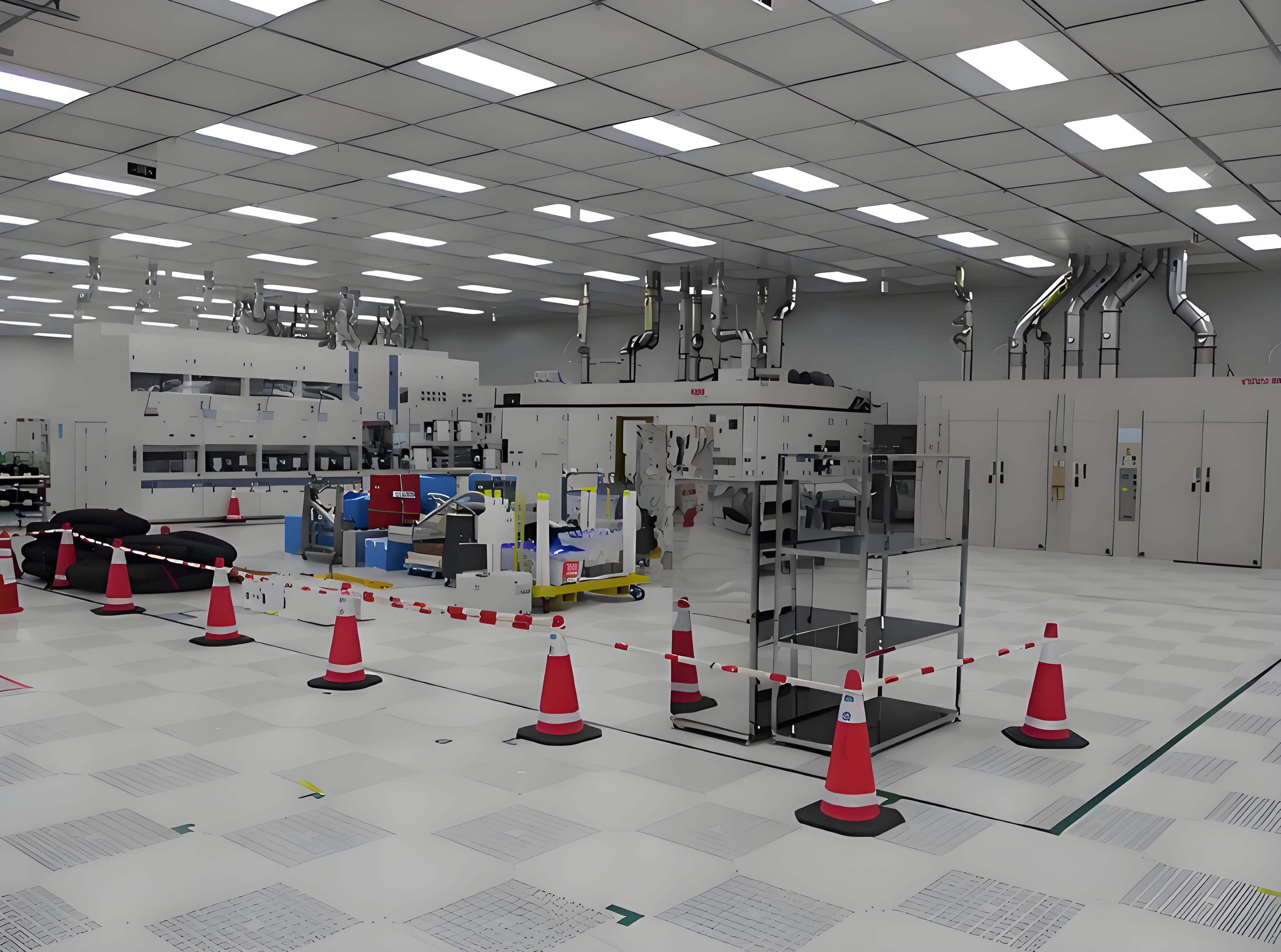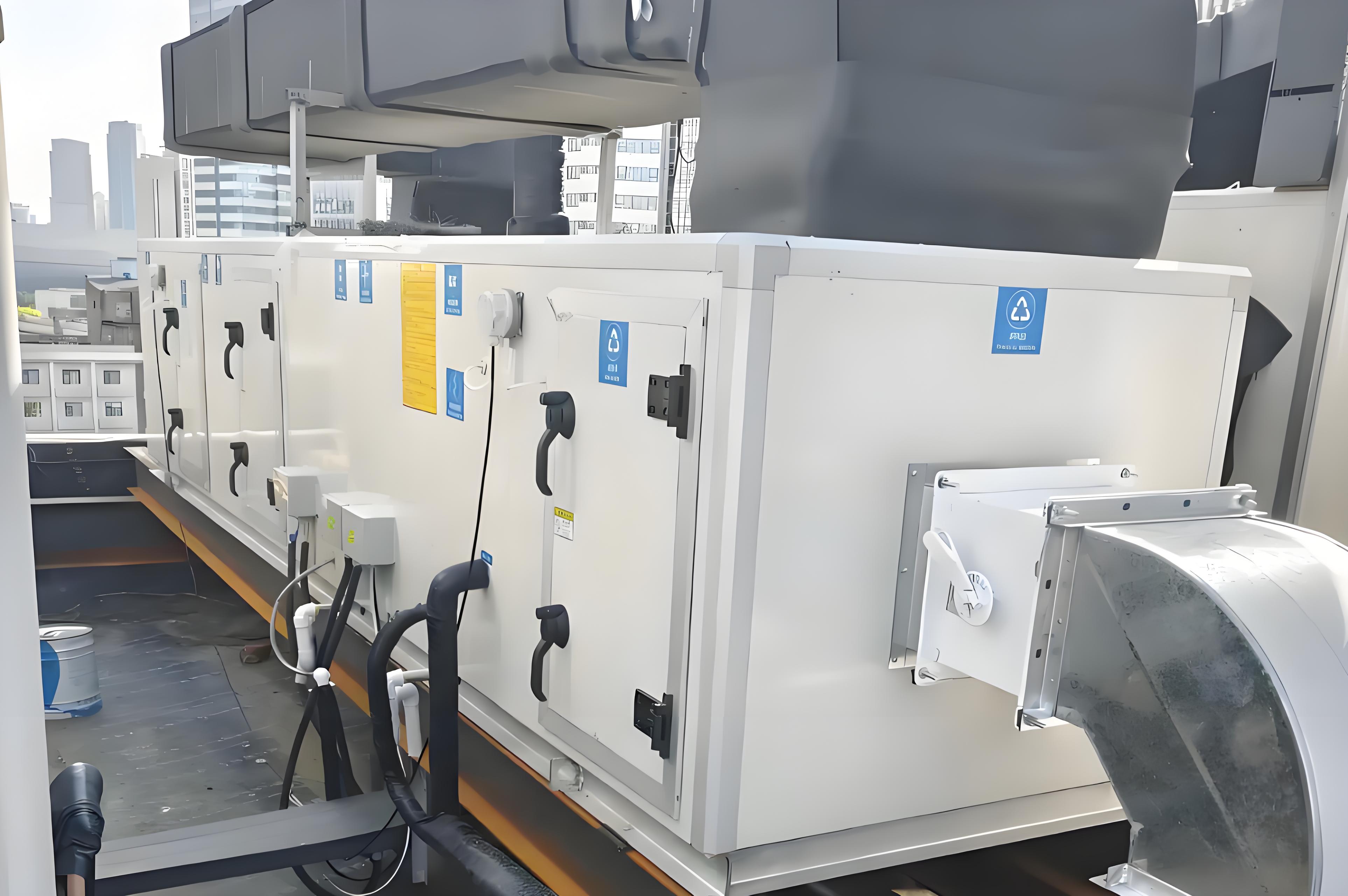




In the highly specialized world of international cleanroom engineering, the term "clean room presentation" often surfaces as a critical component for success. Whether you're involved in pharmaceutical manufacturing, semiconductor production, or biotechnology research, a well-executed clean room presentation can make the difference between regulatory approval and costly delays. But what exactly does it entail, and why is it so vital? This article delves into the intricacies of clean room presentation, exploring its applications, costs, technologies, and best practices to help professionals navigate this essential process.

A clean room presentation refers to the formal demonstration or showcase of a cleanroom's design, operational protocols, and compliance with international standards. It typically involves presenting data, visual aids, and live demonstrations to stakeholders, such as regulators, clients, or internal teams, to validate that the cleanroom meets specific requirements for contamination control. This process is not merely a slideshow; it's a comprehensive evaluation that highlights how the cleanroom maintains low particle counts, controlled environmental conditions, and adherence to guidelines like ISO 14644 or GMP (Good Manufacturing Practice). In essence, a clean room presentation serves as a bridge between theoretical design and practical implementation, ensuring that all aspects of cleanroom integrity are transparent and verifiable.
The importance of a clean room presentation cannot be overstated. In industries where even minor contaminants can lead to product failures or health hazards, this presentation acts as a proof of concept. It demonstrates that the cleanroom can consistently achieve the desired cleanliness levels, such as ISO Class 5 for critical applications in pharmaceuticals or Class 1000 for electronics assembly. By focusing on key elements like airflow patterns, filtration systems, and personnel training, a clean room presentation builds confidence among investors and regulatory bodies. Moreover, it helps identify potential weaknesses early, allowing for adjustments before full-scale operations begin.
Clean room presentations are integral to various sectors within international clean engineering. In the pharmaceutical industry, for instance, they are used to validate aseptic processing areas where drugs are manufactured. A successful clean room presentation here might include real-time monitoring of particle counts and microbial levels, showcasing compliance with FDA or EMA regulations. Similarly, in the semiconductor field, these presentations emphasize electrostatic discharge control and nanoscale contamination prevention, which are crucial for chip yield and reliability.
Another growing application is in biotechnology and healthcare, where clean room presentations support the development of sterile medical devices or cell therapies. They often involve demonstrating gowning procedures, material transfer protocols, and cleaning validation processes. Beyond traditional sectors, industries like aerospace and food processing are adopting clean room presentations to meet stringent hygiene standards. For example, in food packaging, a clean room presentation might focus on preventing allergen cross-contamination through controlled environments. This versatility underscores why understanding clean room presentation is essential for any organization operating in contamination-sensitive fields.
To deliver a compelling clean room presentation, several core elements must be addressed. First, documentation is paramount. This includes validation reports, standard operating procedures (SOPs), and risk assessments that outline how the cleanroom maintains its classified environment. Visual aids, such as 3D models or video walkthroughs, can enhance understanding by illustrating airflow dynamics and equipment layout. Additionally, live demonstrations—like simulating a material entry process or conducting a particle count test—add credibility by providing tangible evidence of compliance.
Another critical aspect is personnel involvement. A clean room presentation should feature trained staff executing protocols, such as proper gowning techniques or decontamination steps, to highlight human factors in contamination control. Technology integration, such as using real-time monitoring systems for temperature, humidity, and particle levels, also plays a key role. By incorporating these components, a clean room presentation becomes a holistic showcase that addresses both technical and operational facets, ensuring it resonates with diverse audiences, from engineers to non-technical stakeholders.
The technological backbone of a clean room presentation has evolved significantly, driven by advancements in cleanroom engineering. High-efficiency particulate air (HEPA) and ultra-low penetration air (ULPA) filtration systems are often highlighted, as they form the foundation of particle control. During a clean room presentation, it's common to demonstrate these systems' efficiency through smoke tests or computational fluid dynamics (CFD) simulations, which visualize airflow and identify dead zones.
Process-wise, a clean room presentation might cover validation methodologies like particle counting, microbial sampling, and recovery testing. For instance, in a pharmaceutical cleanroom, the presentation could include data from routine environmental monitoring, showing how the space maintains ISO Class 5 conditions during operations. Automation is another trend, with integrated control systems allowing remote monitoring and data logging, which can be showcased in real-time during the presentation. These technologies not only enhance the accuracy of a clean room presentation but also align with global standards, making it easier to achieve international certifications.

When planning a clean room presentation, budget is a major concern. Costs can vary widely based on factors like cleanroom size, industry requirements, and the depth of the presentation. A basic clean room presentation for a small laboratory might involve minimal expenses, primarily for documentation and minor demonstrations, ranging from a few thousand dollars. In contrast, a comprehensive clean room presentation for a large-scale pharmaceutical facility could cost tens of thousands, covering advanced simulations, third-party audits, and specialized equipment rentals.
Key cost drivers include validation testing, which may require hiring certified professionals and using calibrated instruments. Additionally, technology investments—such as interactive displays or virtual reality setups for immersive presentations—can add to the expense. However, viewing this as an investment rather than a cost is crucial; a well-executed clean room presentation can prevent future non-compliance fines, which often exceed the initial outlay. To manage budgets, organizations should prioritize essential elements like regulatory compliance checks and scalable presentation formats that can be updated as standards evolve.
Choosing the right partners for a clean room presentation is critical to its success. When evaluating suppliers, look for those with proven experience in your specific industry and a track record of successful presentations. Key criteria include expertise in international cleanroom standards, access to advanced monitoring technology, and the ability to provide customized solutions. For instance, a supplier specializing in semiconductor cleanrooms might offer tailored presentations focusing on electrostatic discharge controls, while one in pharmaceuticals would emphasize aseptic validation.
It's also wise to assess their approach to collaboration. A good supplier will work closely with your team to understand unique challenges, such as site-specific contamination risks or regulatory hurdles. Request case studies or references from past clean room presentations to gauge their effectiveness. Additionally, consider scalability—if your operations expand, the supplier should be able to support larger or more complex presentations. By carefully vetting providers, you can ensure that your clean room presentation not only meets current needs but also adapts to future industry shifts.
To maximize the impact of a clean room presentation, adhere to several best practices. Start by defining clear objectives: What do you want to achieve? Whether it's regulatory approval, client buy-in, or internal training, having a focused goal shapes the content. Next, engage stakeholders early—involve them in the planning phase to address concerns and gather input. This collaborative approach makes the clean room presentation more relevant and persuasive.
Rehearsal is another key step. Conduct dry runs to iron out technical glitches and ensure smooth delivery. Use plain language to explain complex concepts, avoiding jargon that might alienate non-experts. Incorporate storytelling elements, such as sharing a case study where a clean room presentation led to a successful project outcome, to make it memorable. Finally, follow up with detailed reports and action plans based on feedback. This not only reinforces the presentation's messages but also demonstrates commitment to continuous improvement in cleanroom management.
As international cleanroom standards become more stringent, the role of clean room presentations is set to grow. Emerging trends include the integration of digital twins—virtual replicas of cleanrooms—that allow for predictive simulations during presentations. Sustainability is also gaining traction, with presentations highlighting energy-efficient designs and green materials. Moreover, the rise of remote auditing, accelerated by the COVID-19 pandemic, is pushing for virtual clean room presentations using augmented reality tools. These innovations will make clean room presentations more accessible and efficient, yet they'll require ongoing adaptation to new technologies and regulations.
In conclusion, a clean room presentation is far more than a routine meeting; it's a strategic tool that validates cleanroom integrity and fosters trust across global engineering projects. By understanding its applications, costs, and technological underpinnings, organizations can leverage this process to achieve compliance and operational excellence. As the field evolves, staying informed about best practices and supplier options will be key to delivering impactful clean room presentations that stand up to international scrutiny.
Q1: What is the primary purpose of a clean room presentation?
A1: The primary purpose of a clean room presentation is to formally demonstrate and validate that a cleanroom meets specific international standards for contamination control, such as ISO classifications or GMP guidelines. It serves as a comprehensive showcase of design, protocols, and operational efficiency to stakeholders, ensuring regulatory compliance and building confidence in the cleanroom's performance.
Q2: How often should a clean room presentation be conducted?
A2: The frequency of a clean room presentation depends on the industry and regulatory requirements. Typically, it is performed during initial validation, after major modifications, or as part of routine audits—often annually or biannually. In high-risk sectors like pharmaceuticals, more frequent presentations might be necessary to address ongoing compliance checks.
Q3: What are the common challenges in preparing a clean room presentation?
A3: Common challenges include ensuring accurate data collection from environmental monitoring, coordinating cross-functional teams for live demonstrations, and keeping the presentation engaging for diverse audiences. Additionally, staying updated with evolving international standards and integrating new technologies can pose difficulties, requiring thorough planning and expertise.
Q4: Can a clean room presentation be done remotely?
A4: Yes, with advancements in technology, remote clean room presentations are becoming more common. They often use live streaming, virtual tours, and digital data dashboards to simulate an in-person experience. However, this approach may require robust IT infrastructure and prior approval from regulators to ensure all aspects are adequately covered.
Q5: How does a clean room presentation differ from a cleanroom audit?
A5: While both involve assessing cleanroom compliance, a clean room presentation is typically a proactive, demonstration-focused event aimed at showcasing strengths and achieving specific goals like approval or funding. In contrast, a cleanroom audit is often a more formal, inspection-based process conducted by external bodies to verify adherence to standards, which may include reviewing a previous presentation as part of the evidence.
Q6: What qualifications should a team have to lead a clean room presentation?
A6: A team leading a clean room presentation should include members with expertise in cleanroom engineering, such as certifications in ISO standards, experience in validation protocols, and knowledge of industry-specific regulations. Strong communication skills are also essential to effectively convey technical details to non-specialist audiences during the presentation.
By addressing these FAQs, we hope to clarify common queries about clean room presentations and support professionals in mastering this critical aspect of international cleanroom engineering. If you have more questions, consider consulting with specialized suppliers or industry forums for further insights.

